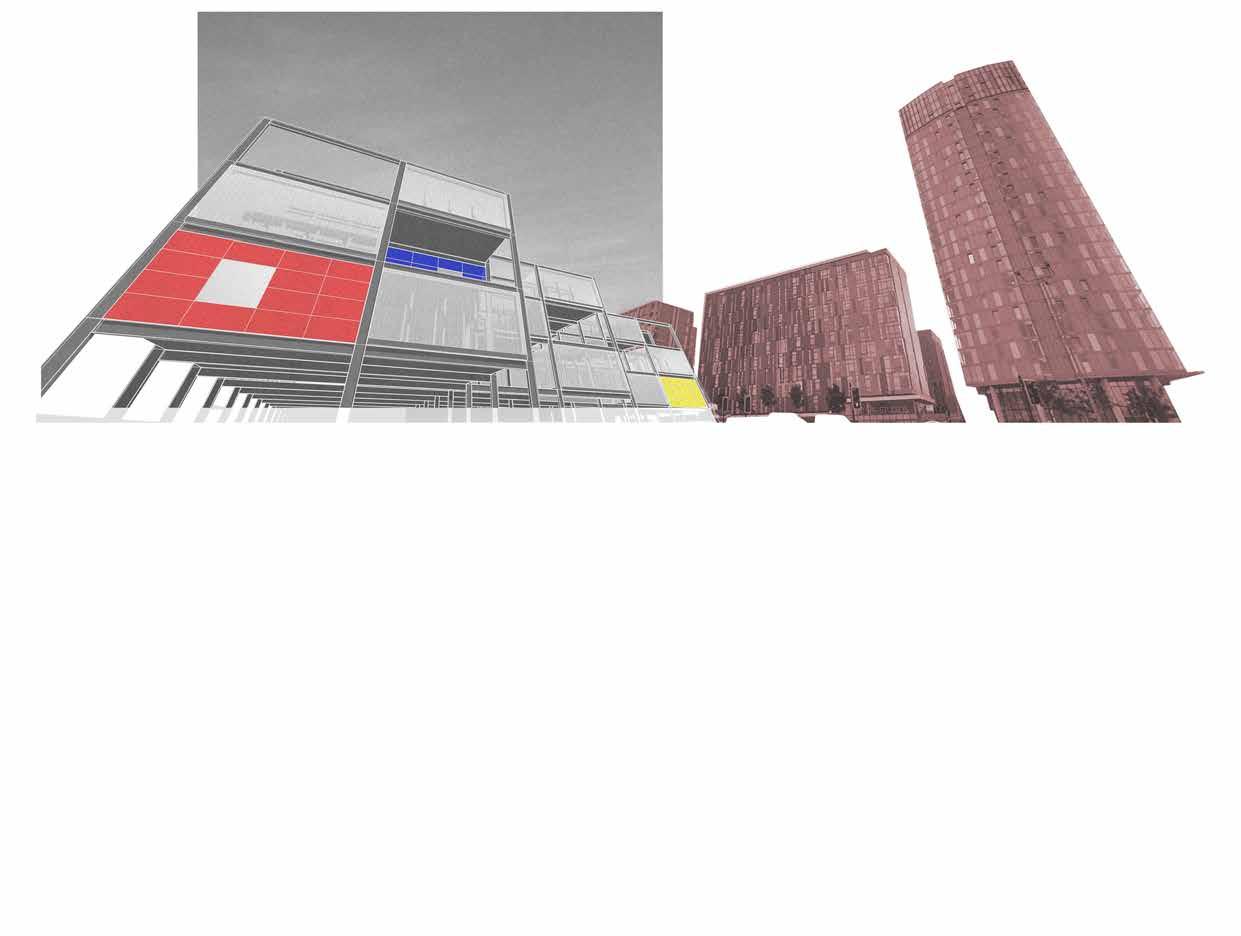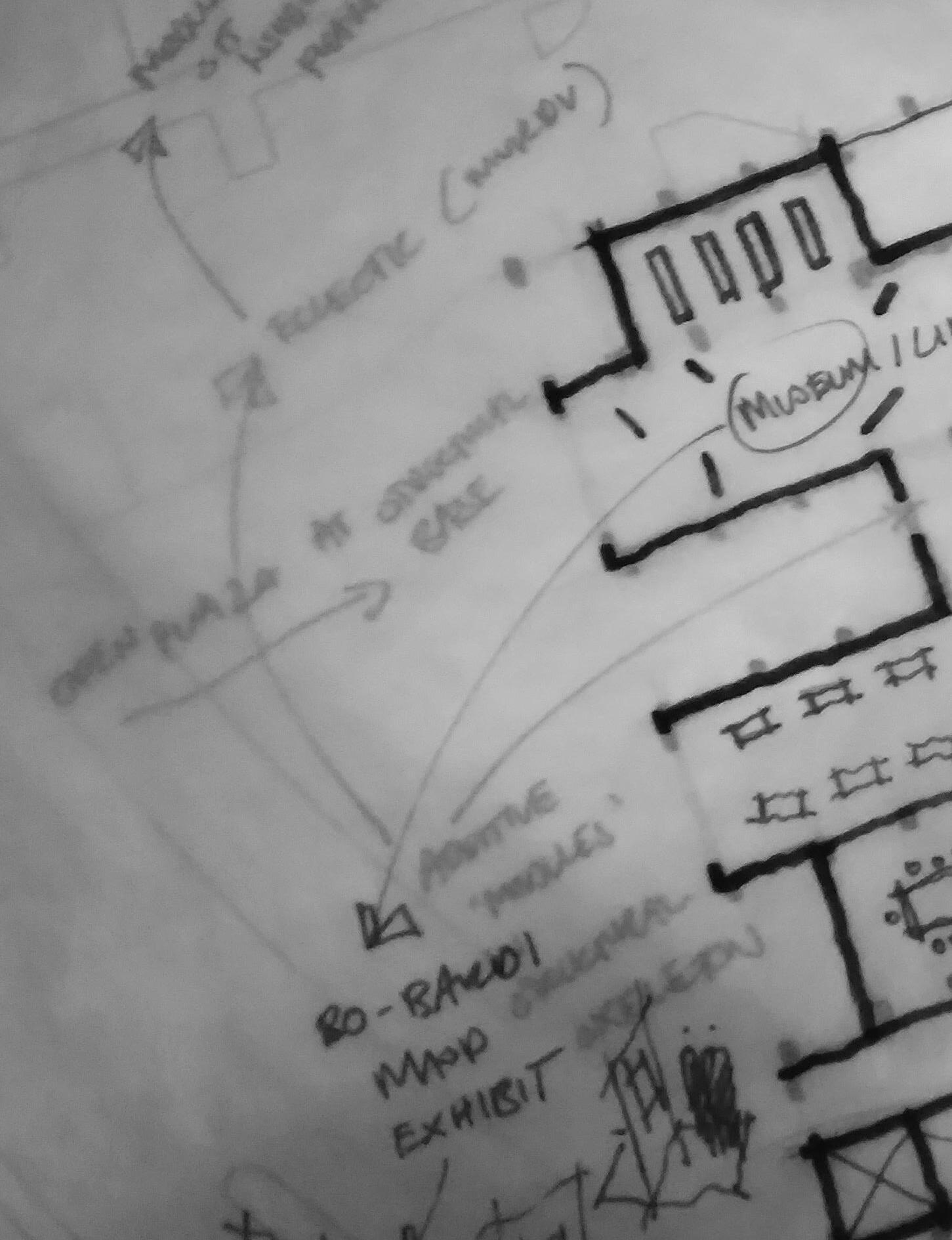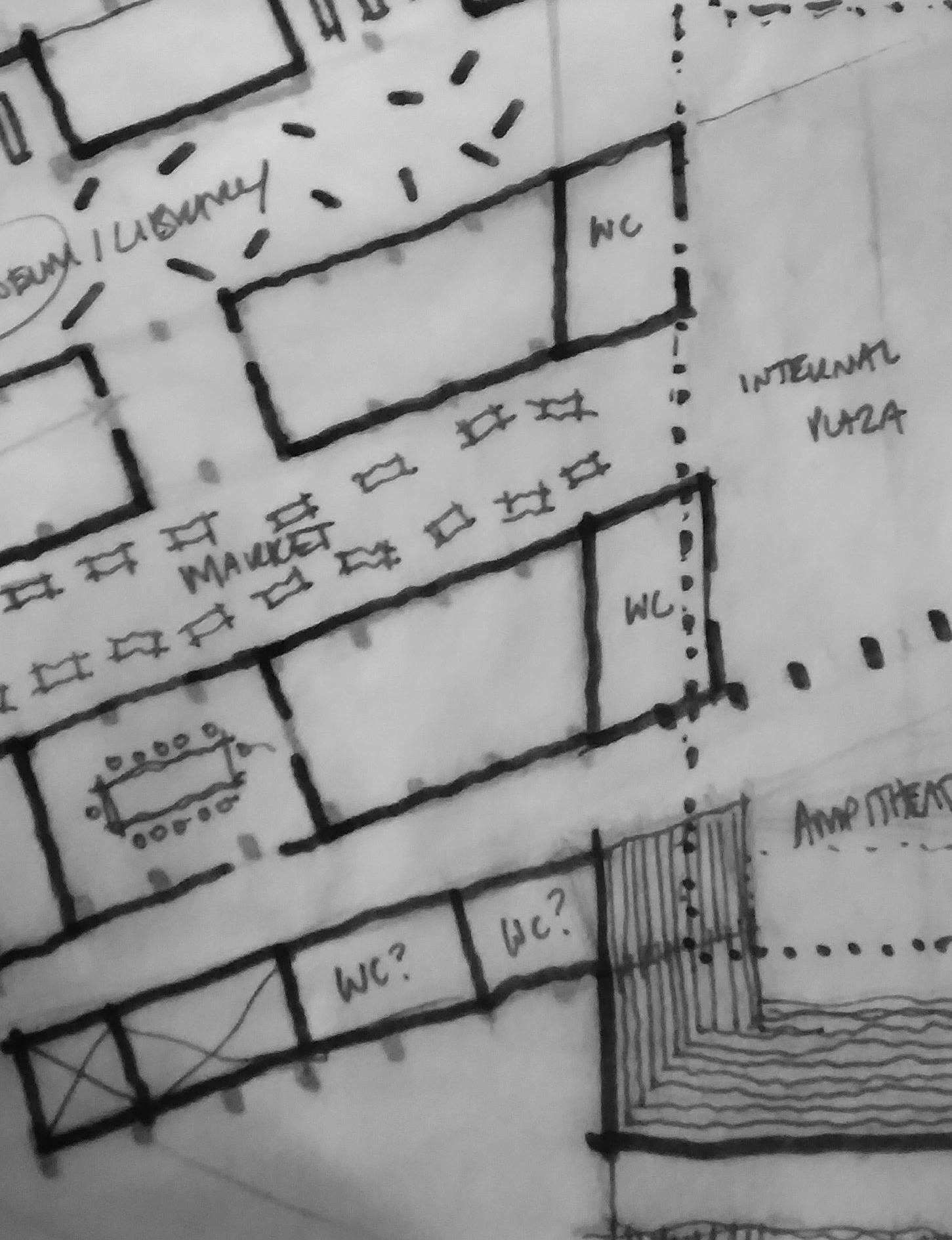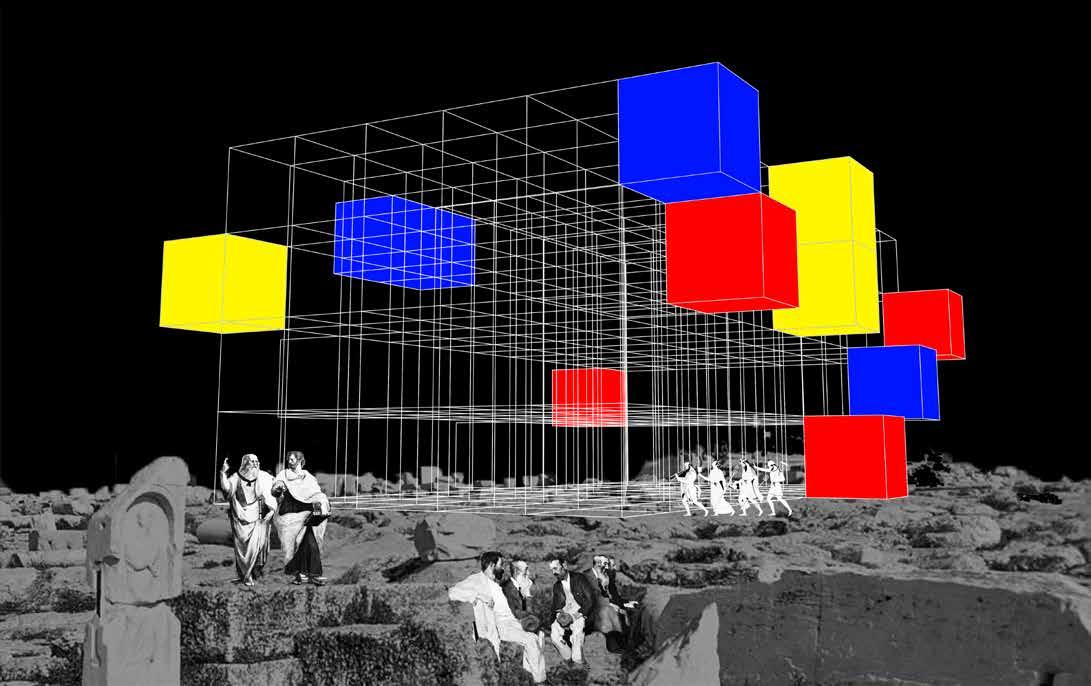
2 minute read
3. DLTs: A Response to Globalisation
- National Cyber Security Centre
My architectural thesis began with group-work and research regarding the core themes of our studio: namely emerging technologies capable of decentralisation and the alteration of traditional ‘legacy’ systems. This research involved technologies like: Non-fungible tokens (NFTs), decentralised ledgers (DLTs), blockchain, cryptocurrencies, decentralised autonomous organisations (DAOs) and smart contracts to name a few.
Advertisement
Subsequently, work began in applying the foundational tenets associated with these technologies in our own architectural projects. I chose to focus primarily on these technologies’ capabilities for empowering local communities through decentralisation and responding to an increasingly globalised world and its impacts.
This led to an architectural scale manifestation of a fiction which imagined alternate political governance systems, systems of voting and alterations in how the urban fabric of communities develop.
In imagining a fiction in which distributed ledger technologies are implemented for political, social, economic, urban and architectural restructuring of legacy systems; the restructuring of governance models is also required to implement these technologies in the first place.
To achieve this restructuring, Liverpool was reimagined as an autonomous republic, with a series of cantons acting as ‘mini-republics’ in their own right. Much of the power in each canton is devolved to its constituent municipalities: allowing for control over matters relevant to each local community and facilitating this community control by way of blockchain voting.
The cantons emerged through redividing a system of bureaucratic control: ‘The Liverpool City Region’, cantonising and restoring the autonomy of each of the areas formerly assimilated into this region.
In order to make systems of blockchain voting equal and fair, each canton’s communes/municipalities were divided by way of population: with each having a similar number of citizens to vote on and propose policy.
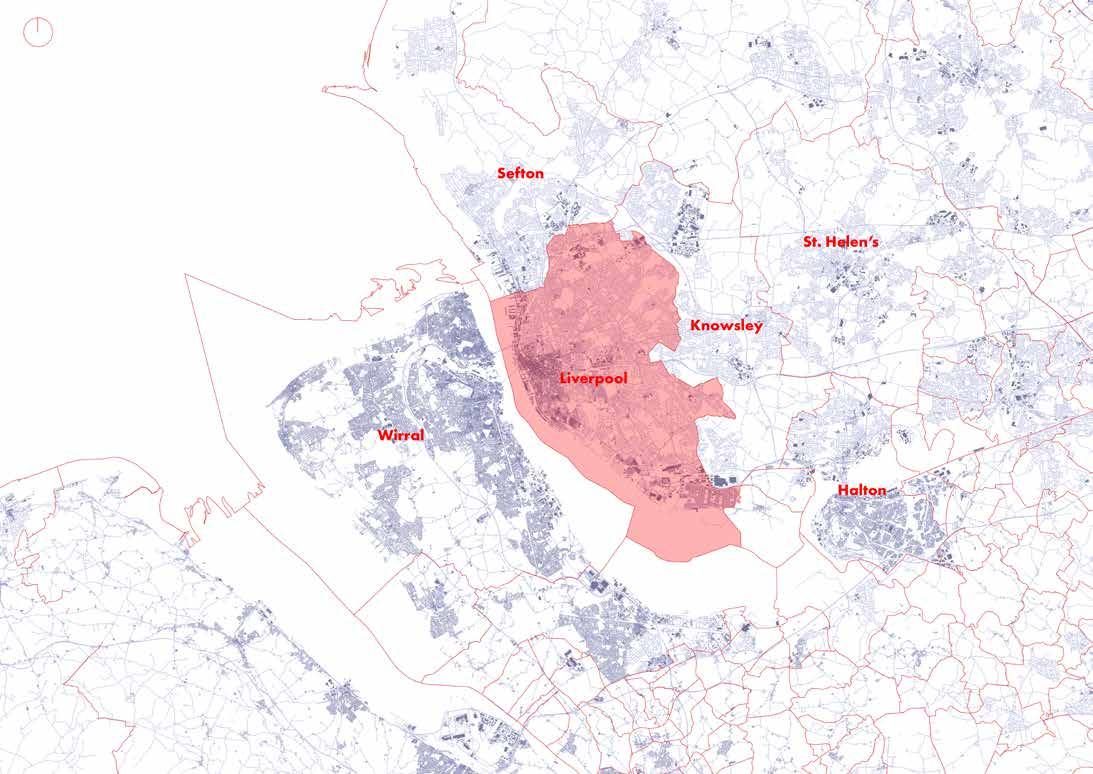
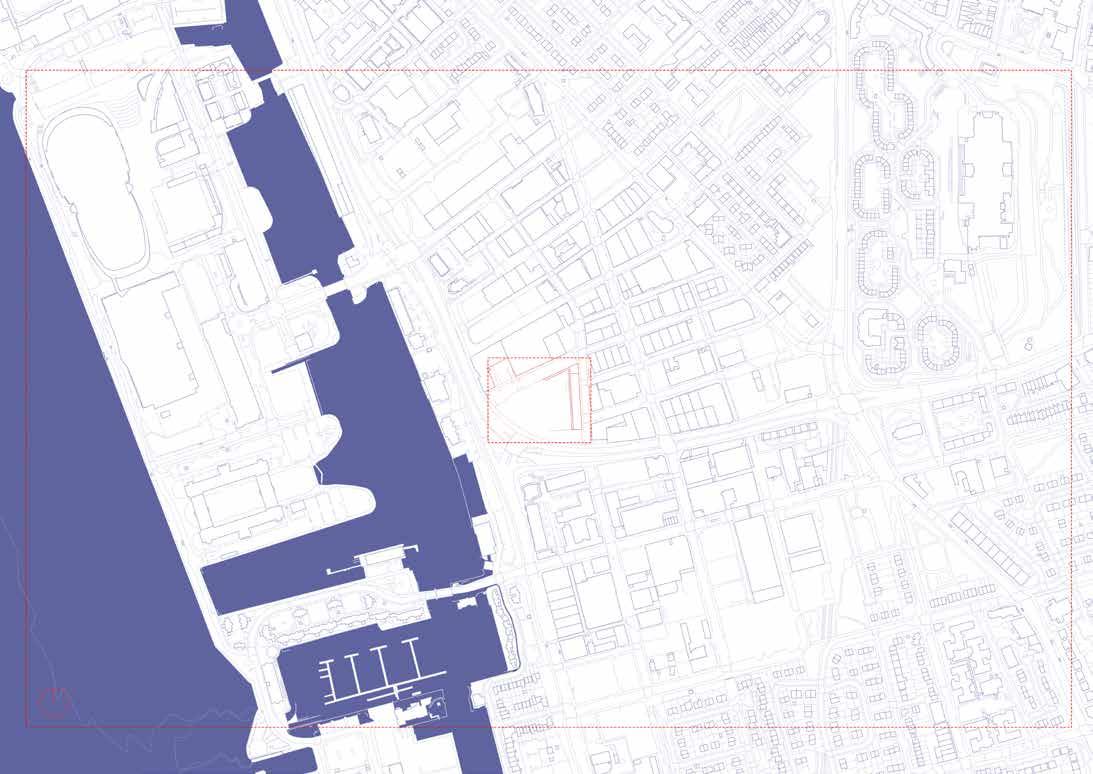
A critical appraisal was undertaken of the materials used in the project to facilitate the construction of the megastructure. Although concrete and steel are not particularly sustainable building materials, the intention for the project is that it lasts for a significant span of time and components are adapted and reused throughout its lifespan: such as the steel c-channels used for plug-in module construction.
The ‘immaterial production’ centre of the project also requires a significant amount of energy to operate, however the heat energy produced as a result of their operation is intended for redistribution throughout the building by way of a MHVR units.
Existing structures are also repurposed rather than demolished, further increasing sustainability: with one of said existing structures housing planting for community use.
The programme emerged through the intentions of the project: to foster and restore power to communities and away from supranational entities. This led to a civic programme which reflected the systems of direct democracy and community implemented in the thesis, involving markets/agoras, residential areas, amphitheatres and centres of community production.
These components were split by category into the 3 levels of the project and their associated emenating megastructural components: Residential, Production and Civic. Additive pods designed by the commuity may correspond or ignore the megastructural intentions.
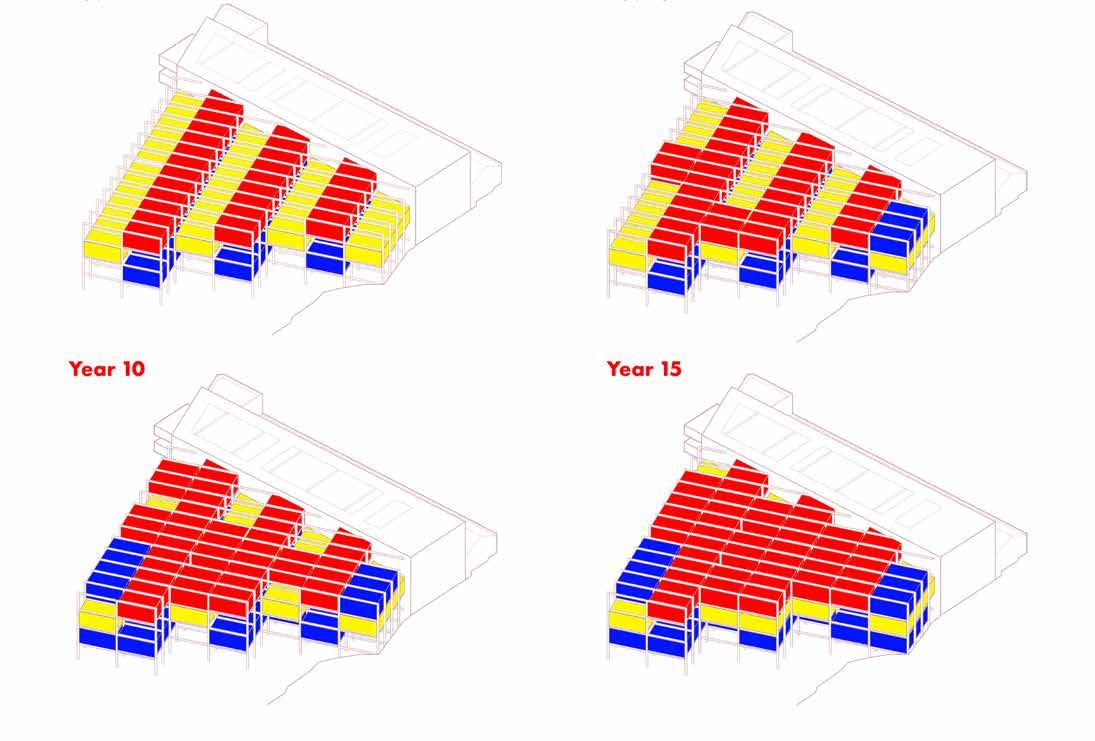
Axonometric Floor Plans (Originally Scale 1:500).
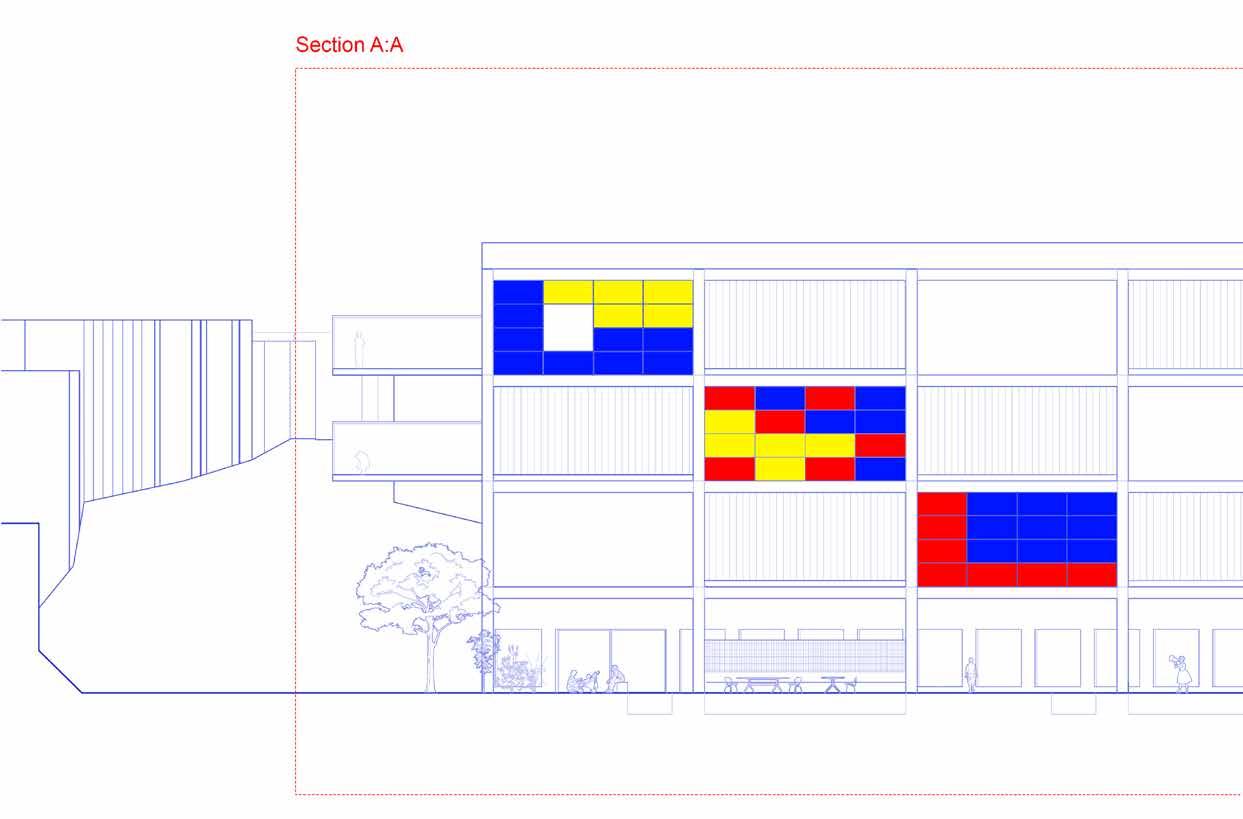
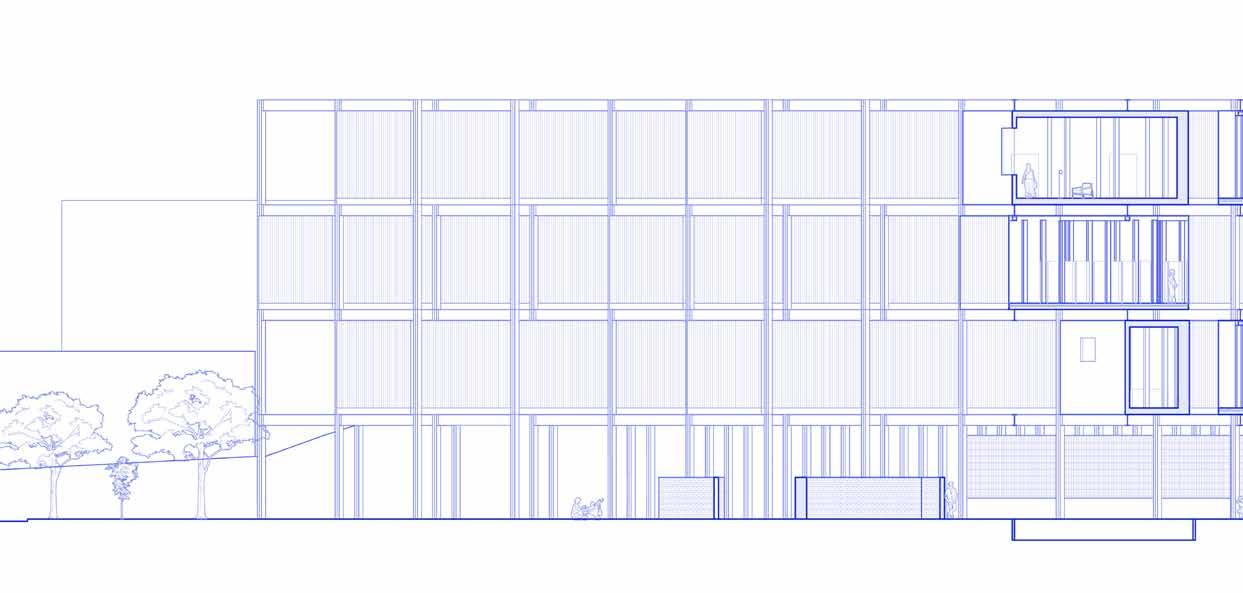
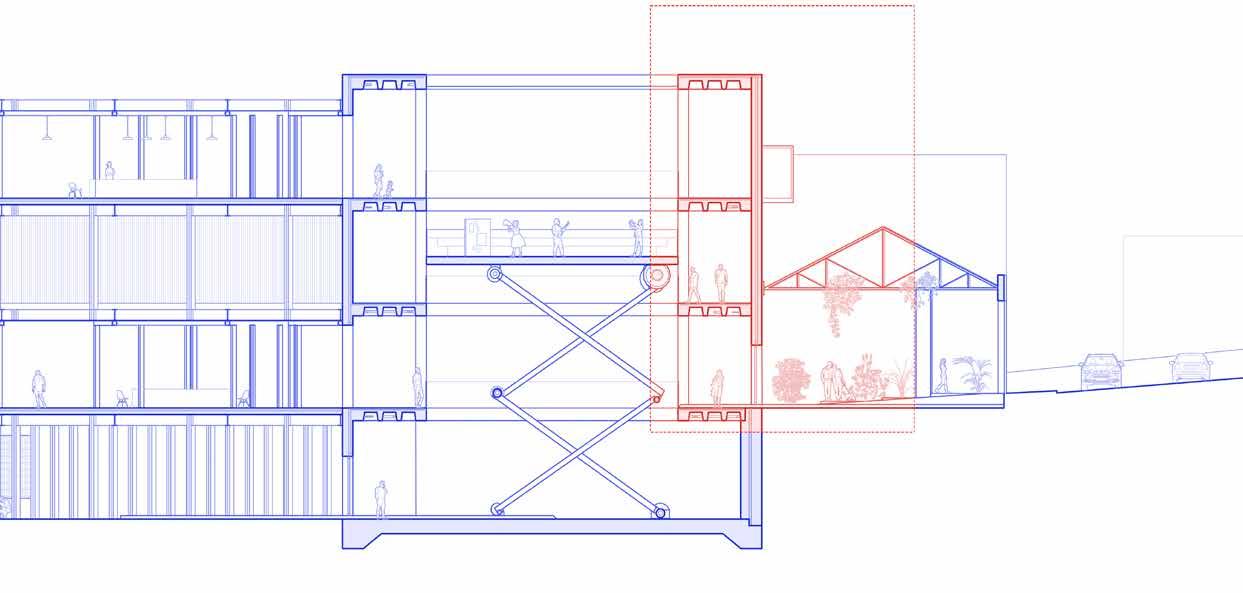
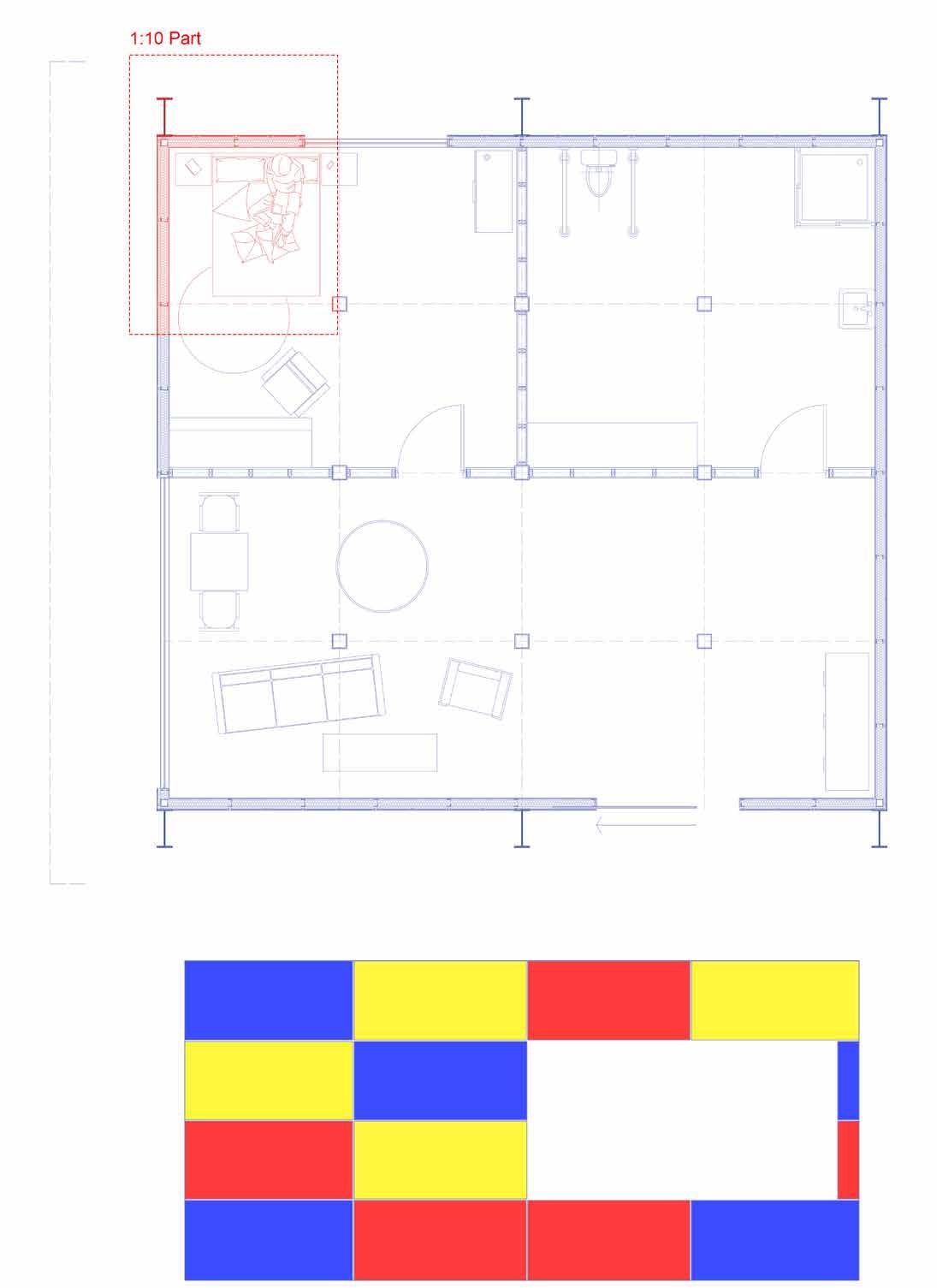
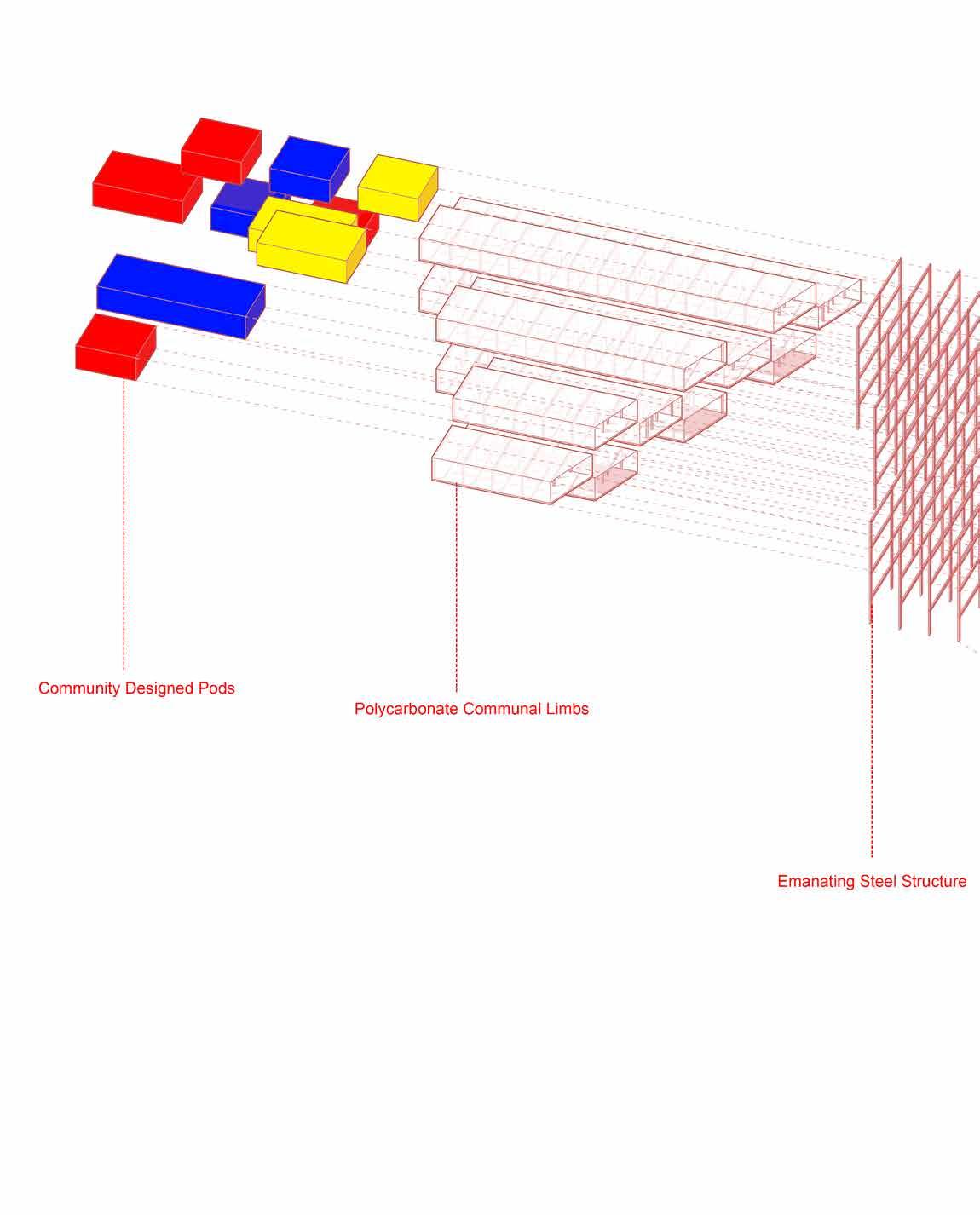
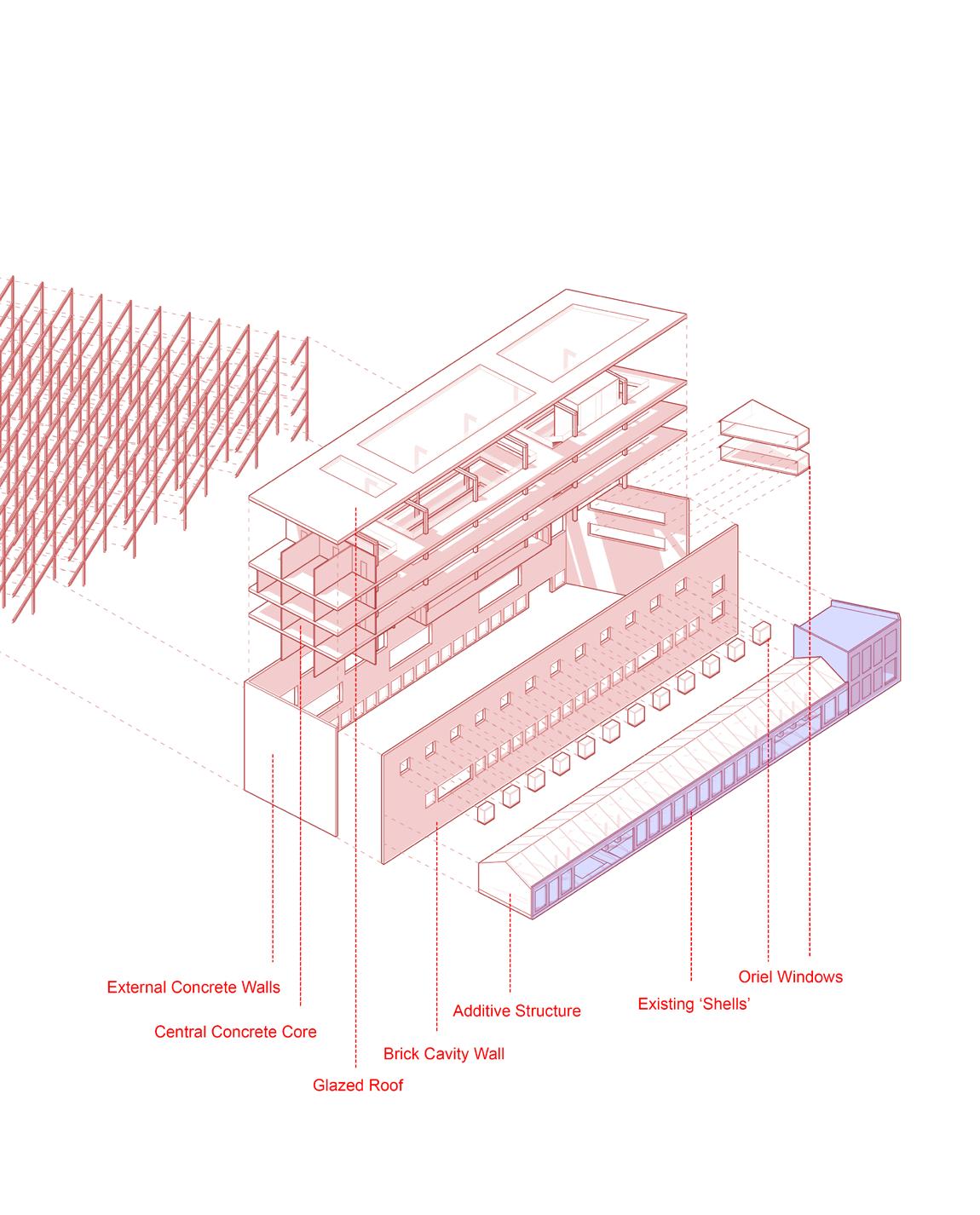

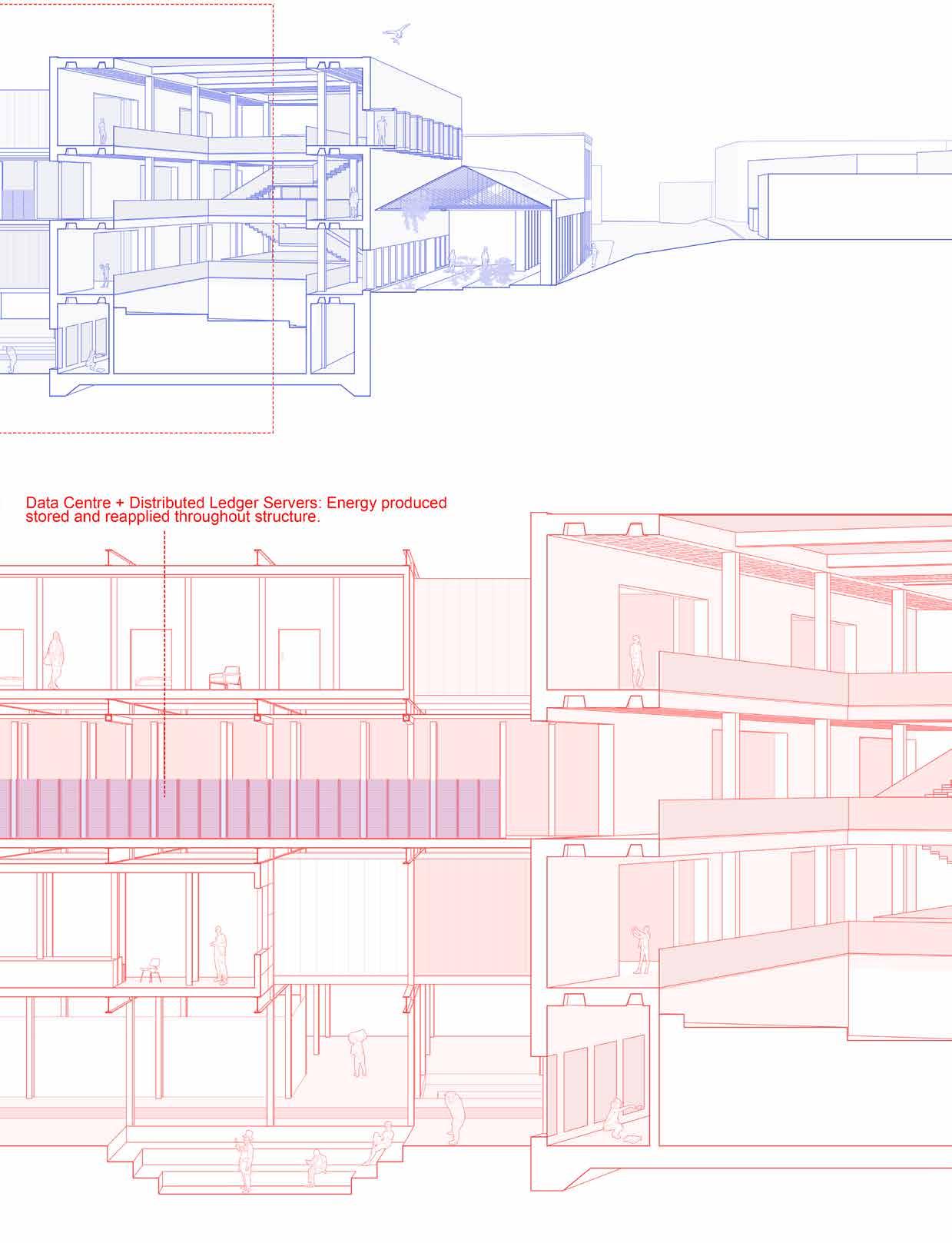
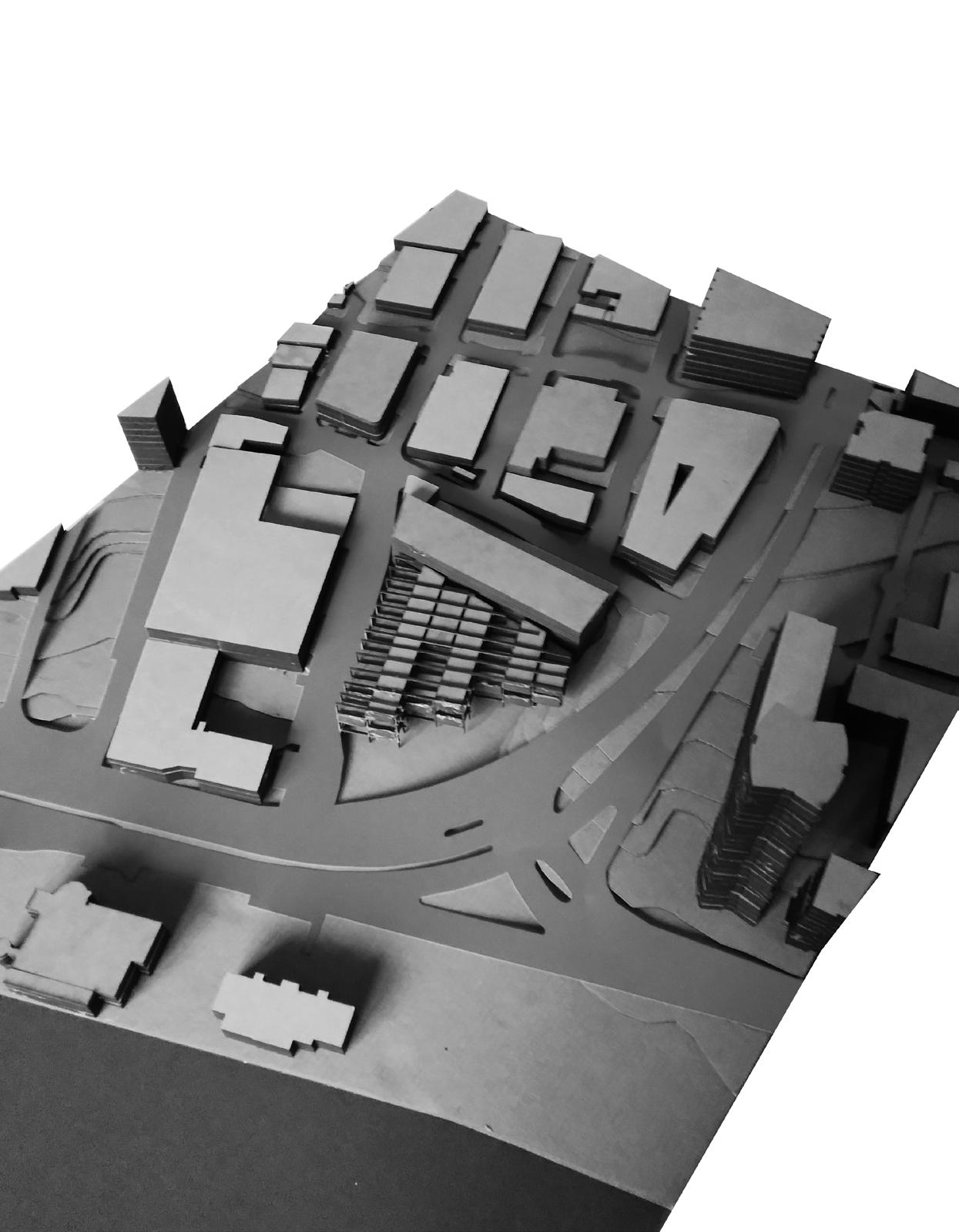
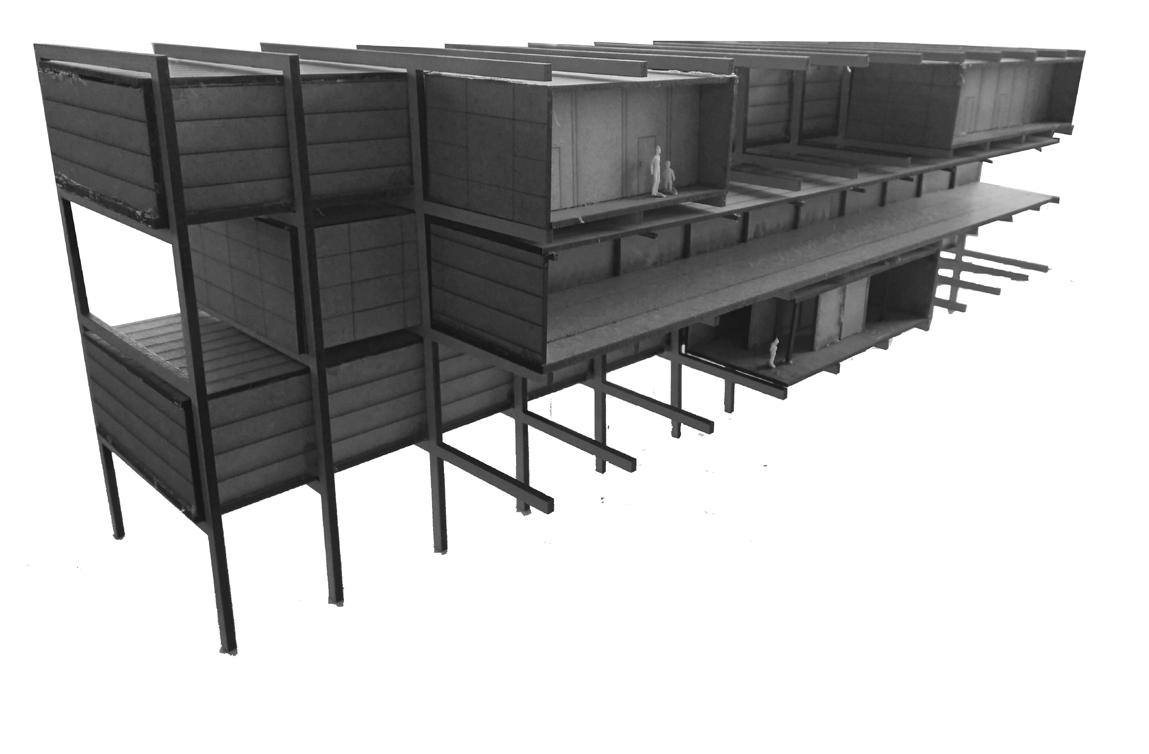
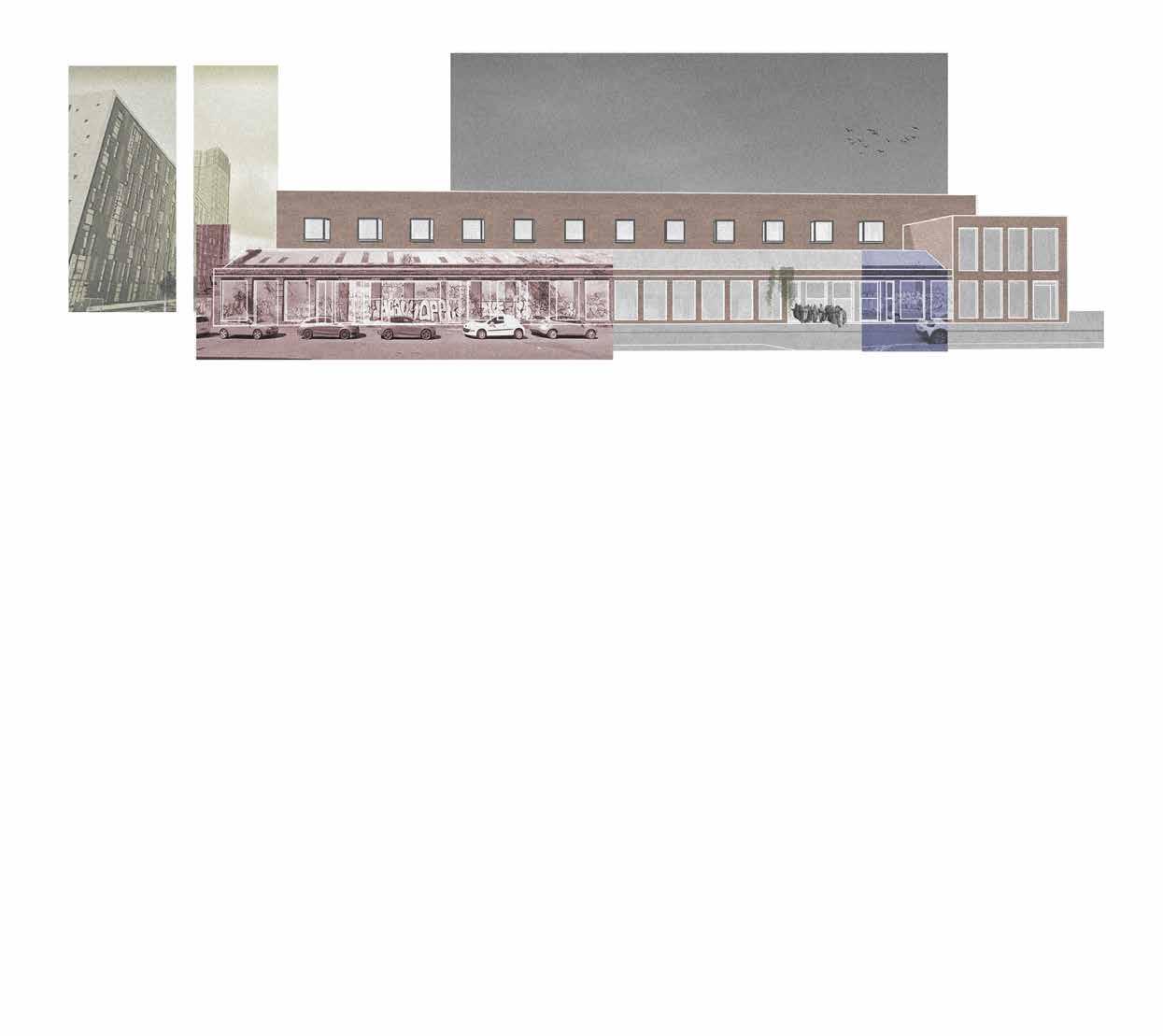
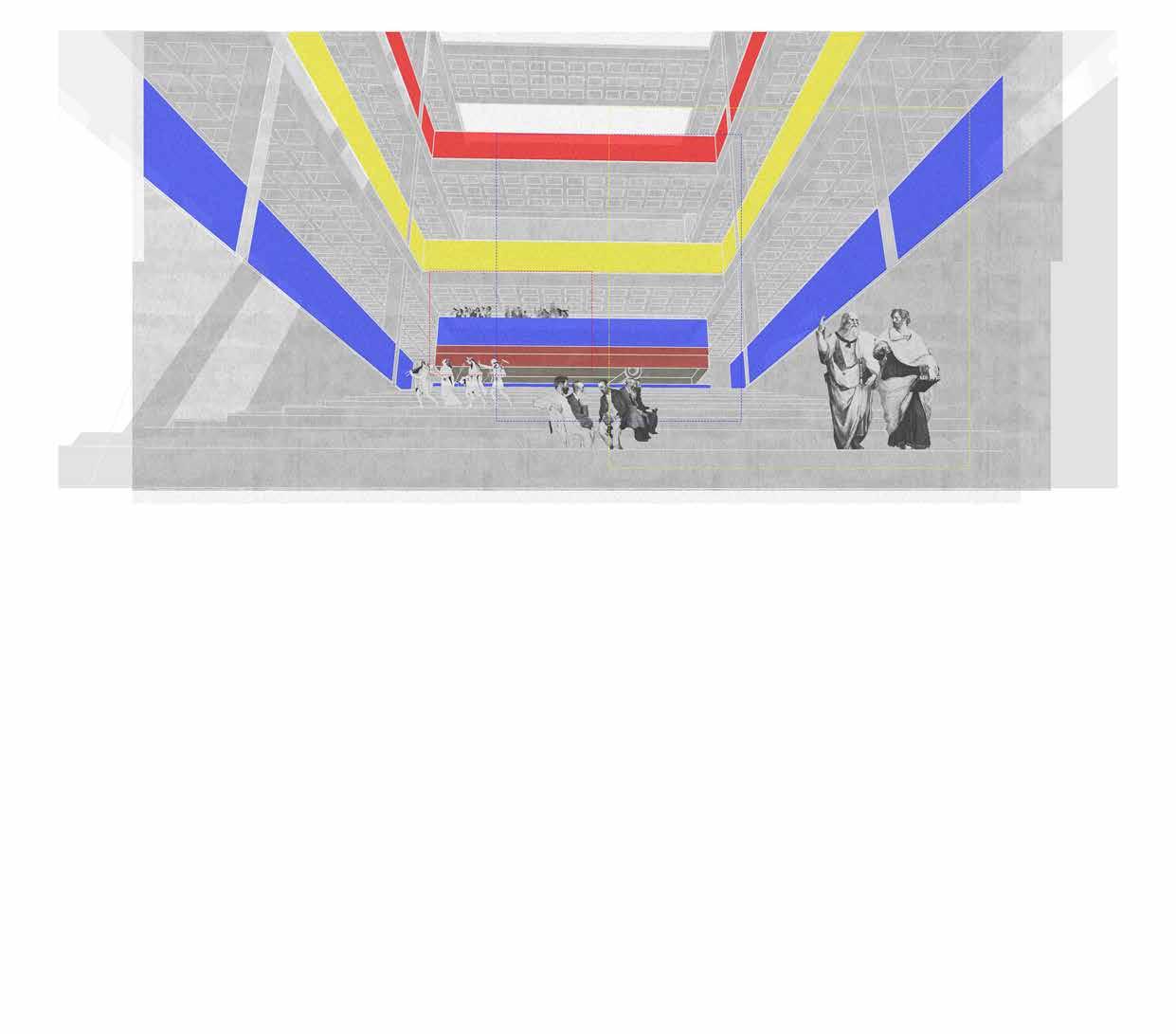
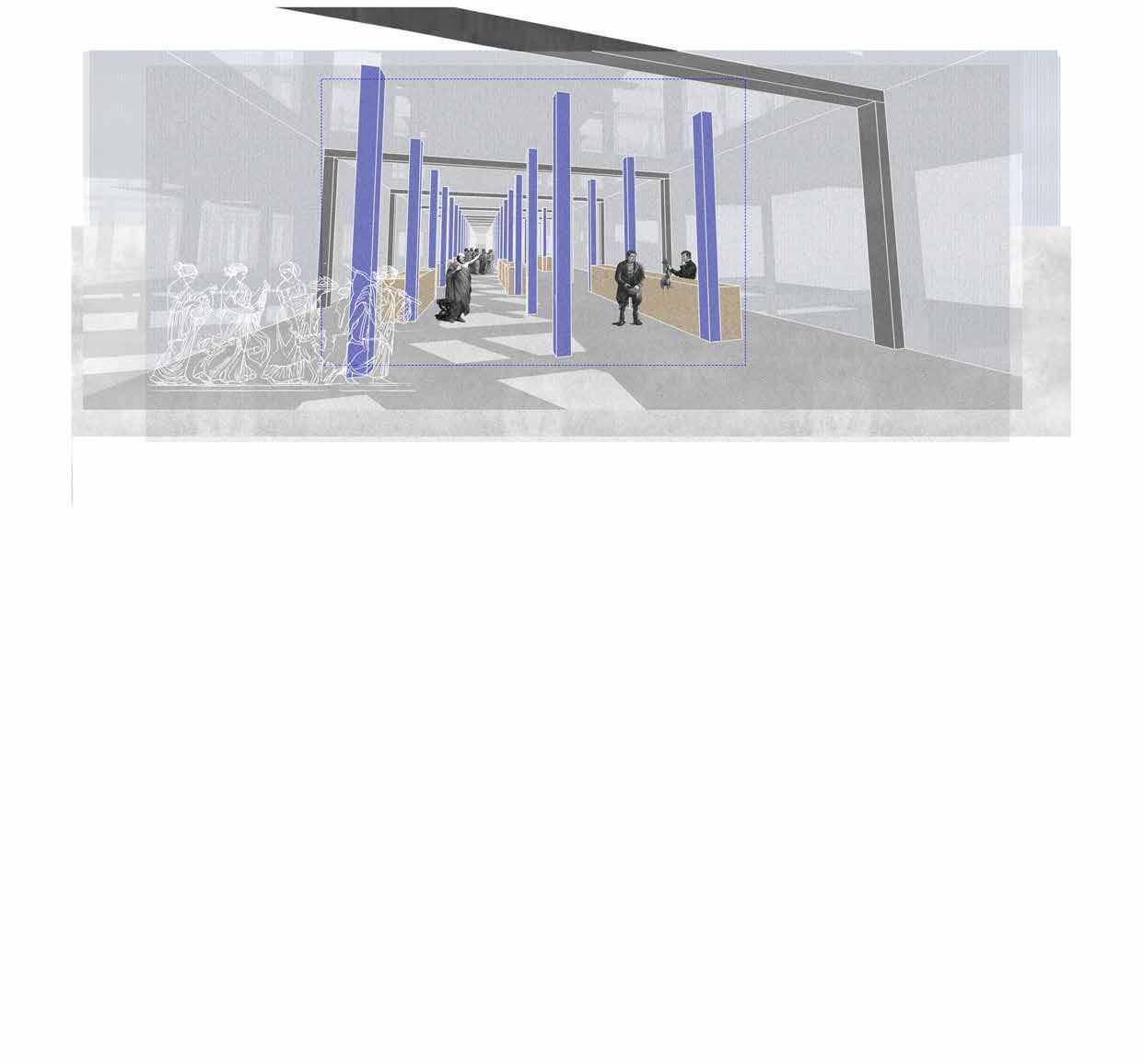
Megastructure.
